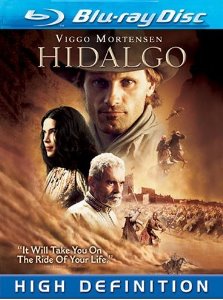Hidalgo - BRD
(Joe Johnston, 2004)
Review by Leonard Norwitz
Production:
Theatrical: Casey Silver Productions
Video: Touchstone Home Entertainment
Video:
Aspect ratio: 2.40:1
Feature film: 1080p
136 minutes: 18 chapters
Single disc
Supplements: 480i
Audio:
English 5.1 Uncompressed (48 kHz/24-bit)
English DD 5.1 Surround
French DD 5.1 Surround
Spanish DD 5.1 Surround
Subtitles:
Feature: English SDH, French, Spanish
Extras: English SDH, French, Spanish
Extras
• Sand & Celluloid: A Making of Featurette
• America's First Horse: The Story of Hidalgo's Ancestors: The Spanish Mustangs
Locking Blu-ray case
Release Date: April 1st, 2008
The Score Card
The Movie : 6.5
Based loosely on accounts of the life of cowboy and long-distance rider, Frank T. Hopkins, we first find our hero on his way to deliver the orders that lead to the Wounded Knee Massacre of 1890. Like Tom Cruise's character in The Last Samurai, Hopkins goes into a mournful, though quieter, drunk. And like the Cruise character, he is seduced to another country to discover his destiny, which has even more to do with owning up to his own mixed blood lines (he is half-white, half-Indian) than any laurels he and his horse may win.
The title of this movie belongs to his horse, a brown and white painted mustang, for it is with Hidalgo that Hopkins had not only won all his races thus far, but meets his fate on a grueling 3000 mile endurance race across the deserts of Arabia and Mesopotamia against purer breeds, presumed more suitable to the task. Even so, as many as half of the one hundred entrants (horse and rider) are expected to drop out or perish over the near month-long course that, in this case, also suffers a man-eating sandstorm, swarms of locusts, and a couple of leopards. None of these computer-generated, alas, perils bothered me quite so much as the deadly sandtraps: with a desert so vast, what made an enemy think that another rider would fall into one?
Indeed there is a relative absence of cliché as regards horse and man in this film, though John Fusco's screenplay certainly demonstrates its share among its relatively two-dimensional and predictable supporting players. But first, a nod to the two-legged star of this film, Viggo Mortensen, in his first starring role since Aragorn. I think we can see the actor that is emerging even more clearly in this movie. Mortensen seems to be channeling the likes of Gary Cooper in his quiet reflections – a man of few words who only gets riled when his horse is crossed.
 |
Among the more important supporting characters are, first and foremost, that Sheikh of Sheiks himself, Egyptian born Omar Sharif, who, except for Zhivago and Funny Girl, hasn't had much of any depth to sink his teeth into since Lawrence of Arabia. As Sheikh Riyadh, Sharif gets to feel something like the old times once again. Riyadh is the magisterial organizer of the race and champion of the pure Arabian horse blood line, as he is protector of the Faith. As such, he cannot bring himself to shake the hand of the Infidel Hopkins, nor make himself agreeable to his feminist, horse-loving daughter (Zuleikha Robinson) in the presence of other men. Because of Sharif's winning glance, his confidence and wisdom, we like Riyadh despite, and because, of his old-century ways. But do we really take his intention to castrate Hopkins for being caught with his daughter in suspicious circumstances seriously? Director Johnston seemed not to be able to tell if it should be played for laughs or suspense. Either way, I found it insulting.
Then there is the conniving Lady Davenport (a deliciously black widow of a performance by Louise Lombard), who wants and expects her horse to win at all costs, and the vicious Katib (Silas Carson) who feels properly slighted by Riyadh that he is not permitted to ride his prized horse in the race. I can't say Ms Robinson did much for me in the part of Riyadh's daughter, Jazira, but that may have been as much because of the role as anything she did or did not bring to it. (I admit to having trouble with revisionist characterizations in the same movie whose pathos elsewhere - to wit: Wounded Knee - we're supposed to take seriously.)
Image : 9 (8~9.5/9)
The score of 9 indicates a relative level of excellence compared to other Blu-ray DVDs. The score in parentheses represents: first, a value on a ten-point scale for the image in absolute terms; and, second, how that image compares to what I believe is the current best we can expect in the theatre.
I imagine most people come to this movie for the magnificent desert scenery and the horses. Rest assured that the Moroccan vistas are rendered in breathtaking panoramas that often dwarf the gorgeous animals that dare to tread, though things started to compress when digital effects were added. The interior of Riyadh's tent has just enough light to make out whatever is worth taking note in luscious, though muted color. Close-up details of horse and tack are demo quality. A fine grainy noise in blue skies persisted, which is pretty common on large front projected images in general. A red sunset fared somewhat less well. Bit rates are generally in the mid-to-upper-thirties.
 |
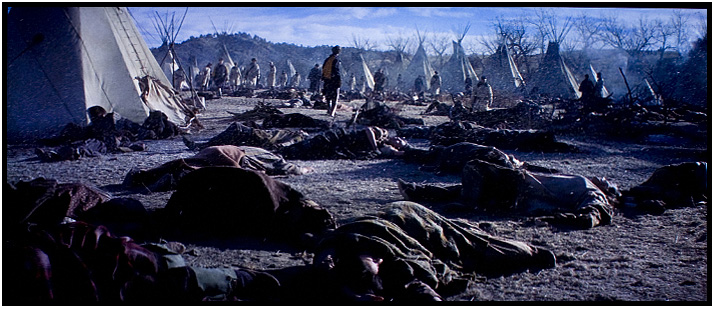 |
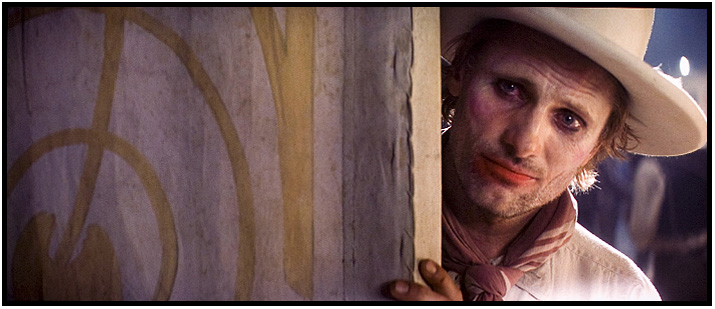 |
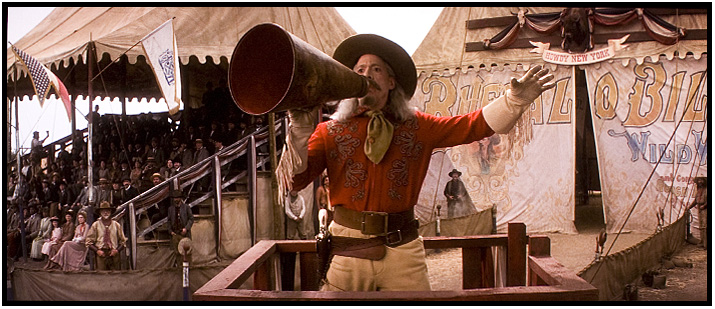 |
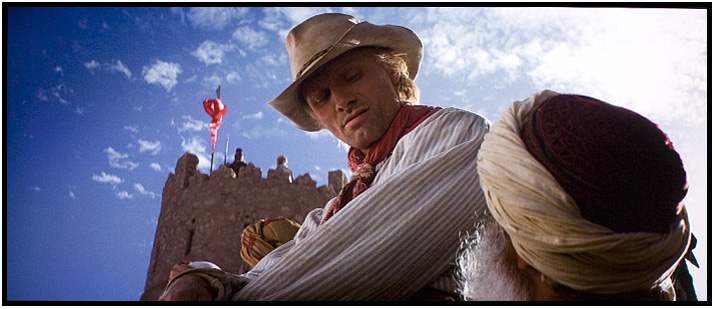 |
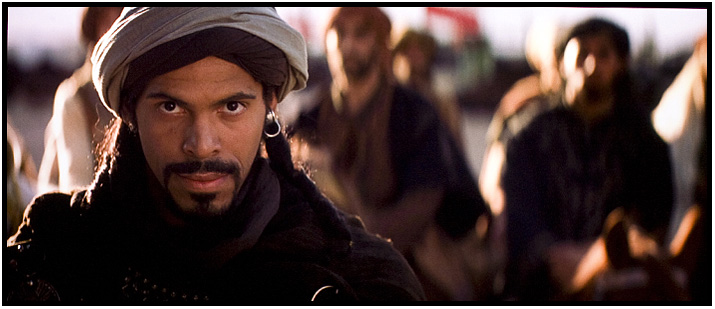 |
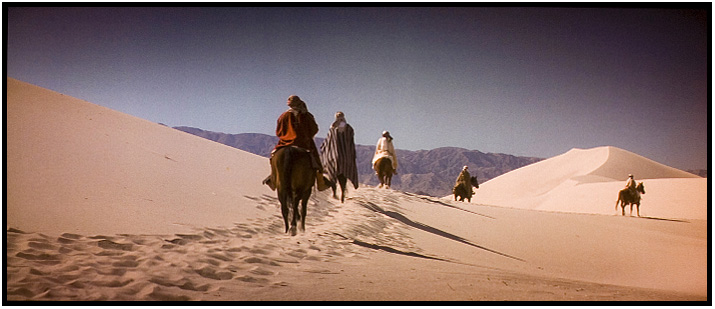 |
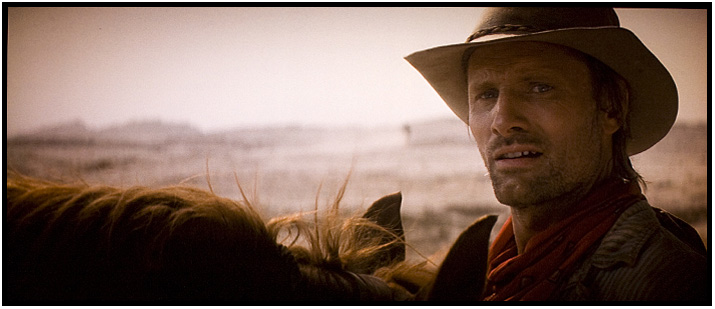 |
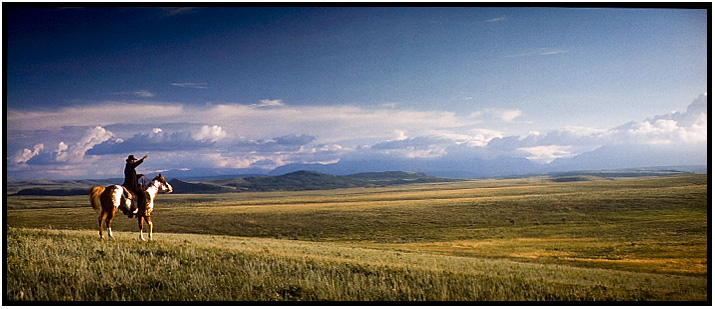 |
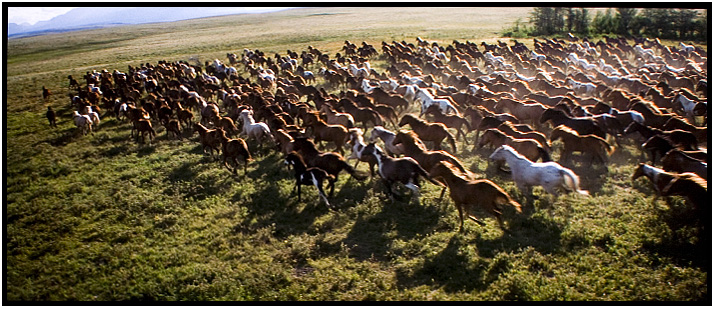 |
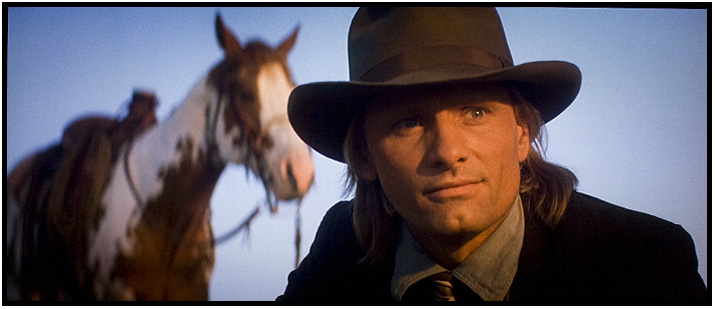 |
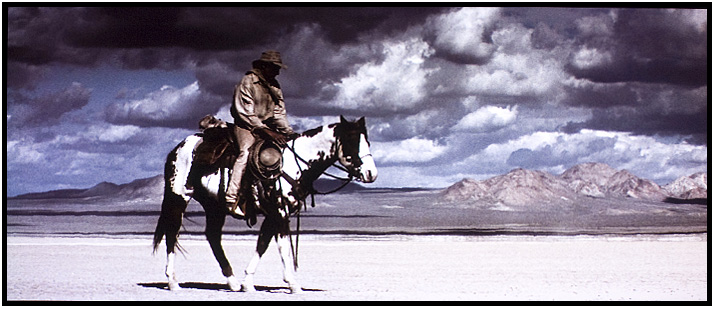 |
Audio & Music : 8/7
The stirring strains for James Newton Howard's title music for Hildago recall Bruce Broughton's Silverado and John William's Indiana Jones. Derivative as that may be, the right note is struck and remains. The audio mix sweeps us along into the midst of the race good and proper.
Operations : 6
Miramax Blu-ray DVDs are distributed by Buena Vista whose hand can be seen in their usual endless promos and previews that, mercifully, can be chapter-skipped before the endless loading of the feature film begins. On the other hand, I found the menu operations to be most sensible, informing of us about the length of the various segments. Note the small font yellow subtitles that, in a movie with a color scheme to match, is not all that sensible.
Extras : 4
Do the two bonus featurettes in a lowish-fi image make up for the absence of an audio commentary? The Making-Of Sand & Celluloid is a little less than ten minutes of your standard fare look at the production with director, producer and star, focusing primarily on the selection of location and the challenges that accrued. America's First Horse: The Story of Hidalgo's Ancestors: The Spanish Mustangs, at about twenty minutes, is more worthy as an educational primer about the introduction of the horse into Native American societies. Even though I've known for many years that our Native Indians didn't bring horses with them, it always comes as something of a surprise to rediscover how readily they adapted to and eventually became dependent on them. So what began as an asset became, in just 400 years, their most vulnerable point – both at the hands of the white man.
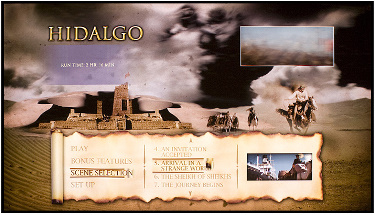 |
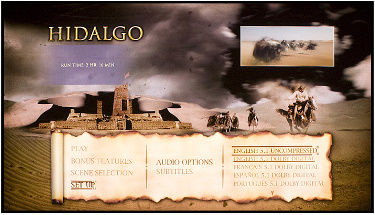 |
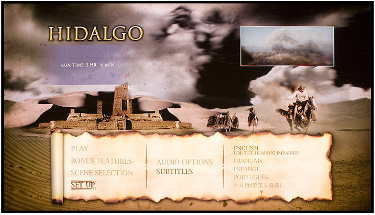 |
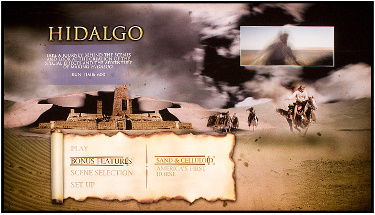 |
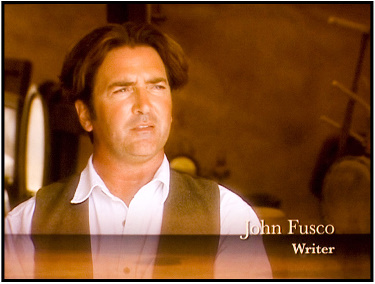 |
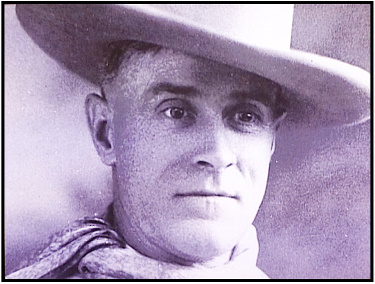 |
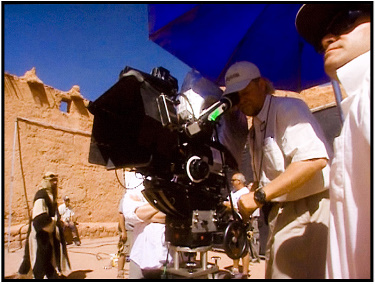 |
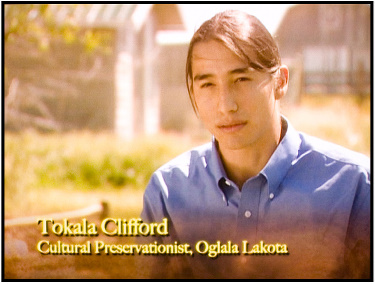 |
Recommendation : 7
Indiana Jones meets The Mummy meets Lawrence of Arabia meets modern gender and race relations. But somehow, it all works, if not entirely without an occasional wince. But mostly we meet a hero worth knowing and honoring – a hero and his horse. Not the real-life hero, no doubt, but one we meet only at the movies. Too long, certainly, but absolutely worth watching in a better than good transfer on Blu-ray.
Leonard Norwitz
LensViews
March 22nd, 2008
